
Altitude training benefits everyone - not just athletes.
Altitude training benefits everyone - not just athletes.
All About Altitude Training
Altitude training isn't just for professional athletes. In addition to enhancing fitness, altitude training offers scores of general health benefits for everyone.
What is simulated altitude training?
Altitude training is training while being exposed to "hypoxia" - oxygen reduced environments.
Altitude training can be simulated at sea level with a hypoxicator system by which oxygen content is reduced.
How does altitude training Benefit athletes and climbers?
The body reacts to the relative lack of oxygen by increasing the mass of red blood cells as well as altering the muscle metabolism.
People who have trained using simulated altitude retain a higher concentration of red blood cells for 10–14 days, which allows climbers to travel to altitude already acclimated, and gives athletes a competitive advantage.
does altitude training benefit asthmatics?
Many of our clients with histories of asthma have noticed a huge drop in incidences - some no longer even carry an inhaler when out and about or racing. Read their stories here.
Who is Altitude Training For?
SPORT
MOUTAINEERING
HEALTH
Your first session is free!
Includes a one-on-one consultation so you know you're on the right track for your goals.
Or learn more about the benefits of altitude.
What Equipment is Available?
In addition to comfy sofas and yoga mats for passive training, we've outfitted the centre with the best training equipment for all types of athletes.
Treadmill
Stair Machine
Wattbike
Types of Simulated Altitude Training
Passive Altitude Training
Passive training consists of Intermittent Hypoxic Exposure (IHE). Which means you are seated in a relaxed, non-active state and breathing in reduced amounts of oxygen through a mask in intervals.
Passive training is often used for the initial adaption phase, but also offers the added benefit that you can go a lot higher in altitude than you could while exercising.
Passive training also has the benefit of no additional training load and is recommended to complement any existing training schedule. It's also ideal for athletes who are injured, helping to maintain cardiovascular fitness.
Active Altitude Training
Active training consists of Intermittent Hypoxic Training (IHT). These are active training sessions performed with intervals of hypoxic (reduced oxygen w/ mask) and recovery (no mask) sessions. This training can be completed on an indoor Wattbike, treadmill or stair machine, depending on your goals. .
Every athlete going into active training will undergo an initial test using oxygen saturation (SpO2) values in order to establish the individual’s altitude starting point for future sessions.
Book your free introductory session!
Includes a one-on-one consultation so you know you're on the right track for your goals.
Or learn more about the benefits of altitude.









